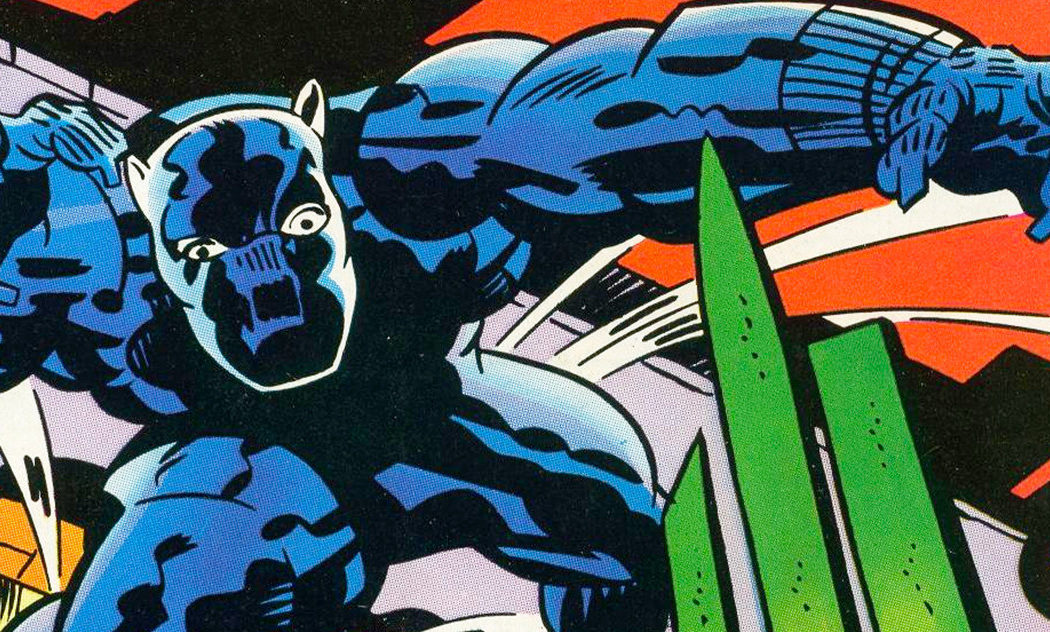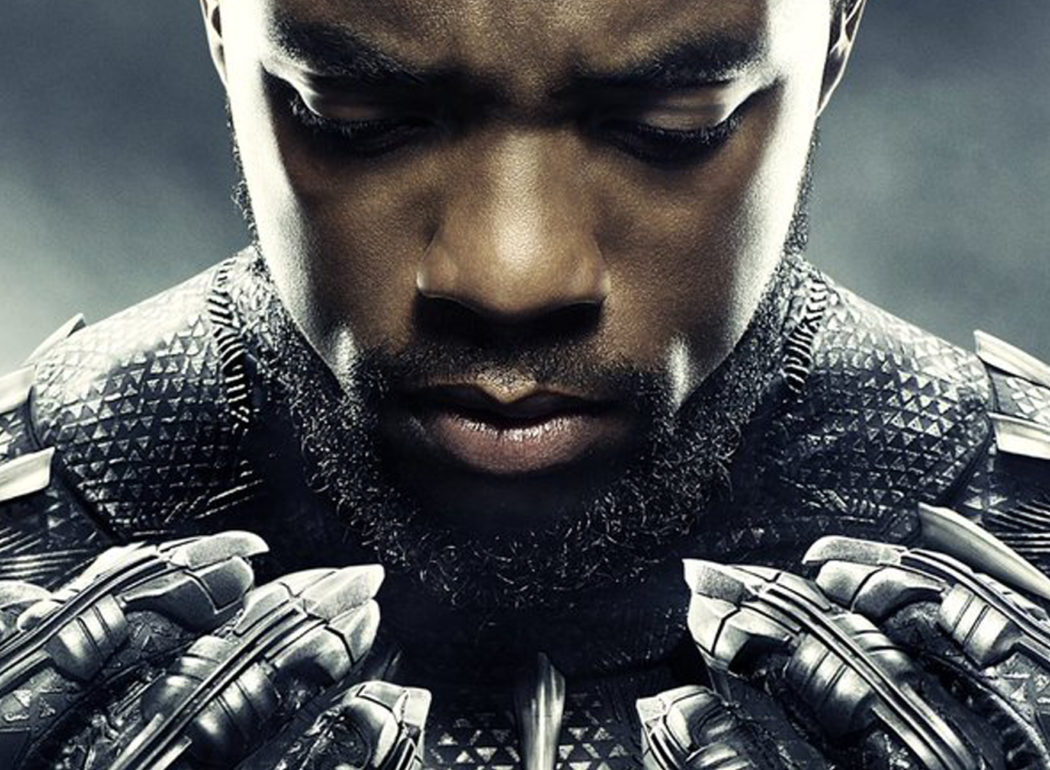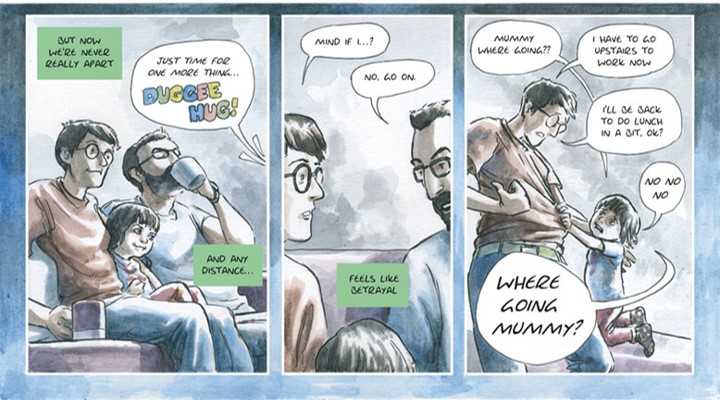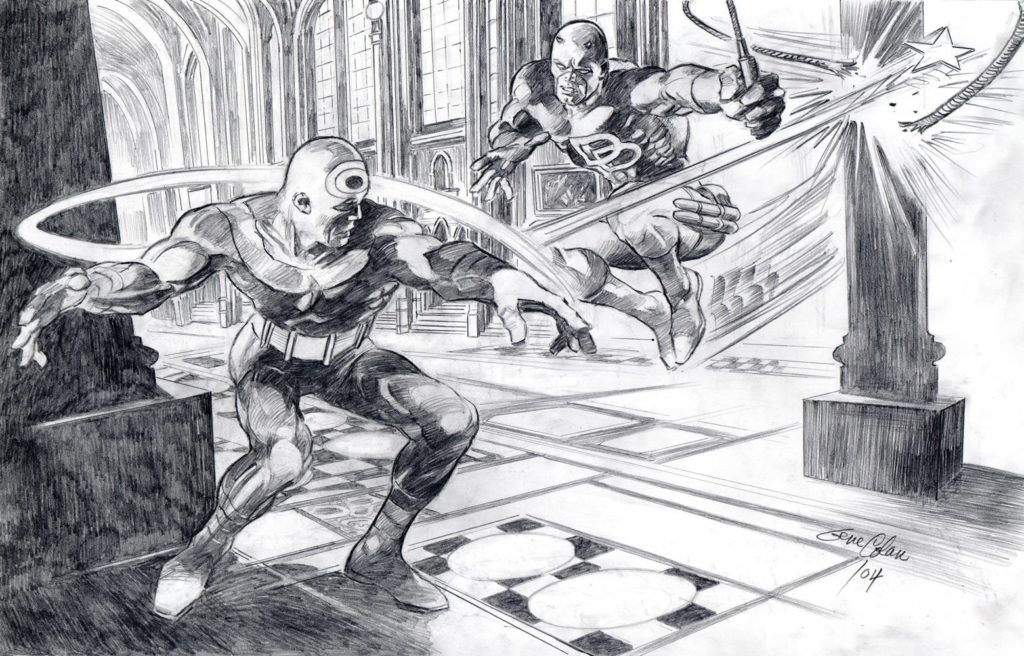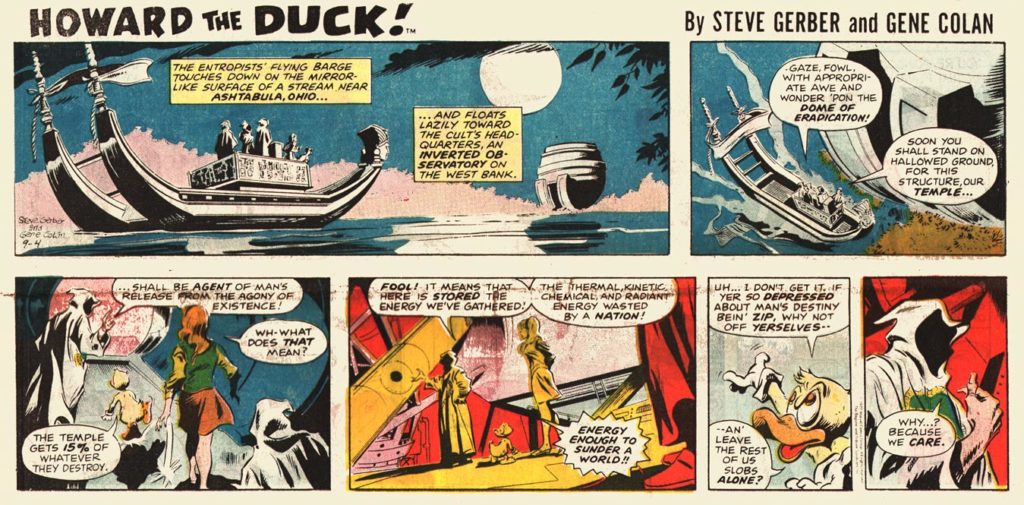
A sad week for Marvel fans, though we’ll shine a little light here at the Playhouse Comics Club too. (Above: a detail from the cover of Black Panther #4 [1977], art by Jack Kirby and Mike Royer.)
Like everyone, I was shocked by the untimely death of Chadwick Boseman last Friday. He leaves behind a body of tremendous film performances, many based on real people—Jackie Robinson in 42 (2013), James Brown in Get on Up (2014), Thurgood Marshall in Marshall (2017)—and of course he’ll always be our Black Panther, our T’Challa, the Marvel Cinematic Universe’s first great Afrofuturist superhero. Black Panther collaborators have penned loving tributes to Boseman, including actor Michael B. Jordan and director Ryan Coogler, while Denzel Washington—who paid for Boseman to attend the British American Drama Academy’s Midsummer program when Boseman was a college student—wrote that Boseman was “a gentle soul and a brilliant artist, who will stay with us for eternity through his iconic performances over his short yet illustrious career.”
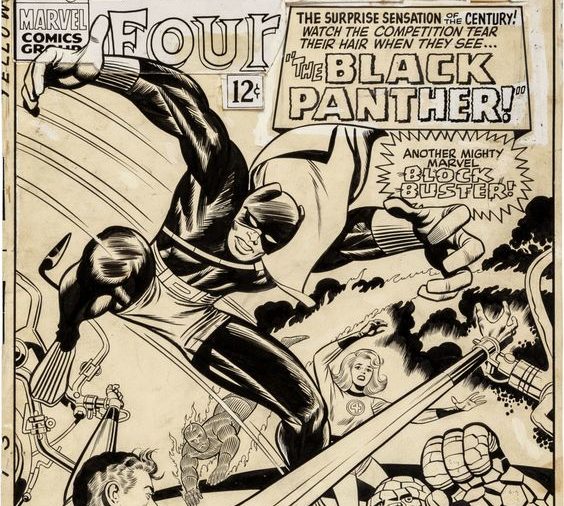 Boseman died on August 28, which is the birthday of Black Panther co-creator Jack Kirby. (I can’t decide if this is poetic or ironic.) The Panther first appeared in Fantastic Four #52 (1966), credited to writer Stan Lee and artist Jack Kirby, in a tale where the super-team is invited to Wakanda and, after a pitched battle, begin to build deep friendships with T’Challa.
Boseman died on August 28, which is the birthday of Black Panther co-creator Jack Kirby. (I can’t decide if this is poetic or ironic.) The Panther first appeared in Fantastic Four #52 (1966), credited to writer Stan Lee and artist Jack Kirby, in a tale where the super-team is invited to Wakanda and, after a pitched battle, begin to build deep friendships with T’Challa.
As Sean Howe writes in Marvel Comics: The Untold Story (2012): “There may have been some internal hand-wringing about the Black Panther. The first version of the cover [included here] had shown the Panther’s black skin; the published version did not. Previews in other titles that month suggest Marvel couldn’t decide how much of him to show—or how to characterize him. ‘Don’t miss the mystery villain of the month!’ read the ads, which blocked out the cover art. (Once Marvel committed to a policy of representing black characters, however, change came quickly. The cover of the following month’s romance comic Modeling with Millie proudly introduced a black British model named Jill Jerold to its cast.)” (85).
Hannah Berry, current UK Comics Laureate and writer/artist of such graphic novels as Britten and Brȕlightly (2008) and Livestock (2017), gives us a short strip, “Between a Rock and a Guilty Place,” that is mandatory reading for any parent trying to balance at-home work and at-home parenting during the current quarantine. “Between a Rock” is one of several pandemic-inspired strips running on the Scottish Centre for Comics Studies website, as a preview for a future comics anthology about Covid-19: also check out “School Transitions” by Samuel Stones, Jonathan Glazzard, Divya Jindal-Snape, Chris Murray and Catriona Laird; “Comics Club Goes Digital” by Rebecca Horner; and “Lost, and Found, in Transitions” by Anj Snape, Divya Jindal-Snape, and Ashling Larkin.
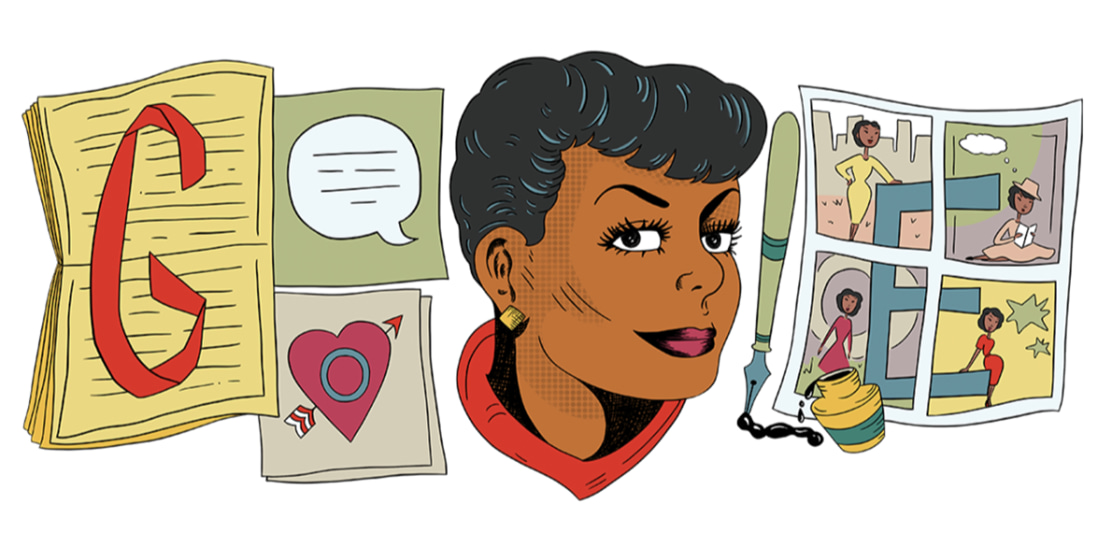 The “Google Doodle” for last Tuesday (9/1/2020) was a tribute to Jackie Ormes, the first Black female newspaper comic strip cartoonist! The Ormes Doodle, a sequence of five screens that charts her youth and career, was created by Liz Montague, herself a trailblazer, the first Black female to have a gag cartoon published in The New Yorker. (We discussed both Ormes and Montague in a previous issue of the Playhouse Comics Club.) For more about the Ormes Google Doodle, go here.
The “Google Doodle” for last Tuesday (9/1/2020) was a tribute to Jackie Ormes, the first Black female newspaper comic strip cartoonist! The Ormes Doodle, a sequence of five screens that charts her youth and career, was created by Liz Montague, herself a trailblazer, the first Black female to have a gag cartoon published in The New Yorker. (We discussed both Ormes and Montague in a previous issue of the Playhouse Comics Club.) For more about the Ormes Google Doodle, go here.
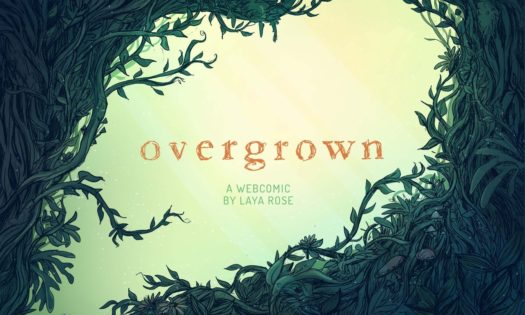 A beautifully drawn quest narrative that doubles as an interactive experience for readers, Overgrown is the university honors project of Laya (Rose) Mutton-Rogers, an artist from New Zealand. Can you “snatch a scale from the snarling beast” and “uncover the courtyard choked by weeds”? Read Overgrown and see—and remember, it’s always good to have a friend by your side. Mutton-Rogers also has an “About” page on the site explaining the process of making Overgrown in more detail (including tech specs), alongside links to early experiments in interactive comics, both her own (including a riff on Winsor McCay’s Little Nemo in Slumberland) and by other artists. (Thanks to Barbara Postema for the link to Overgrown!)
A beautifully drawn quest narrative that doubles as an interactive experience for readers, Overgrown is the university honors project of Laya (Rose) Mutton-Rogers, an artist from New Zealand. Can you “snatch a scale from the snarling beast” and “uncover the courtyard choked by weeds”? Read Overgrown and see—and remember, it’s always good to have a friend by your side. Mutton-Rogers also has an “About” page on the site explaining the process of making Overgrown in more detail (including tech specs), alongside links to early experiments in interactive comics, both her own (including a riff on Winsor McCay’s Little Nemo in Slumberland) and by other artists. (Thanks to Barbara Postema for the link to Overgrown!)
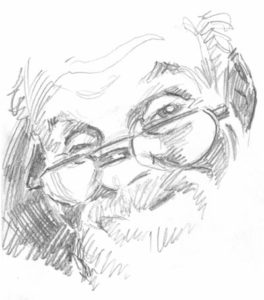 Happy birthday to New York City cartoonist Gene Colan (1926-2011), born on September 1. Though he began drawing for publishers in 1944 while still a teenager and worked until 2009, Colan’s greatest period of influence and productivity came at Marvel Comics during the 1960s and 1970s. His collaborations with Stan Lee, Roy Thomas, and other writers on dozens of issues of the acrobatic superhero Daredevil were fan favorites; Colan’s flowing, atmospheric pencils perfectly captured Daredevil in acrobatic action against colorful foes. In the 1970s, Colan moved away from the superhero genre to draw Marvel’s flagship horror title Tomb of Dracula (1972-79) and runs on both the comic book (1975-79) and newspaper comic strip (1977-78) featuring the satirical character Howard the Duck. Colan’s work on Marvel’s mystical Dr. Strange was also popular. After a falling out with Marvel management, Colan then decamped to rival publisher D.C., where he drew Batman and Wonder Woman, and co-created Night Force with writer Marv Wolfman.
Happy birthday to New York City cartoonist Gene Colan (1926-2011), born on September 1. Though he began drawing for publishers in 1944 while still a teenager and worked until 2009, Colan’s greatest period of influence and productivity came at Marvel Comics during the 1960s and 1970s. His collaborations with Stan Lee, Roy Thomas, and other writers on dozens of issues of the acrobatic superhero Daredevil were fan favorites; Colan’s flowing, atmospheric pencils perfectly captured Daredevil in acrobatic action against colorful foes. In the 1970s, Colan moved away from the superhero genre to draw Marvel’s flagship horror title Tomb of Dracula (1972-79) and runs on both the comic book (1975-79) and newspaper comic strip (1977-78) featuring the satirical character Howard the Duck. Colan’s work on Marvel’s mystical Dr. Strange was also popular. After a falling out with Marvel management, Colan then decamped to rival publisher D.C., where he drew Batman and Wonder Woman, and co-created Night Force with writer Marv Wolfman.
I’ve kept all the Colan-drawn comics I bought as a child and teenager, and I often re-read them: I’m grateful that I grew up at a time when his art was readily available in drugstore spinner racks and at the local comic shop. Below are samples of his cool talent.


This weekly blog post is written and compiled by Craig Fischer. To send along recommendations, ideas, and comments, contact Craig at [email protected] [.]

